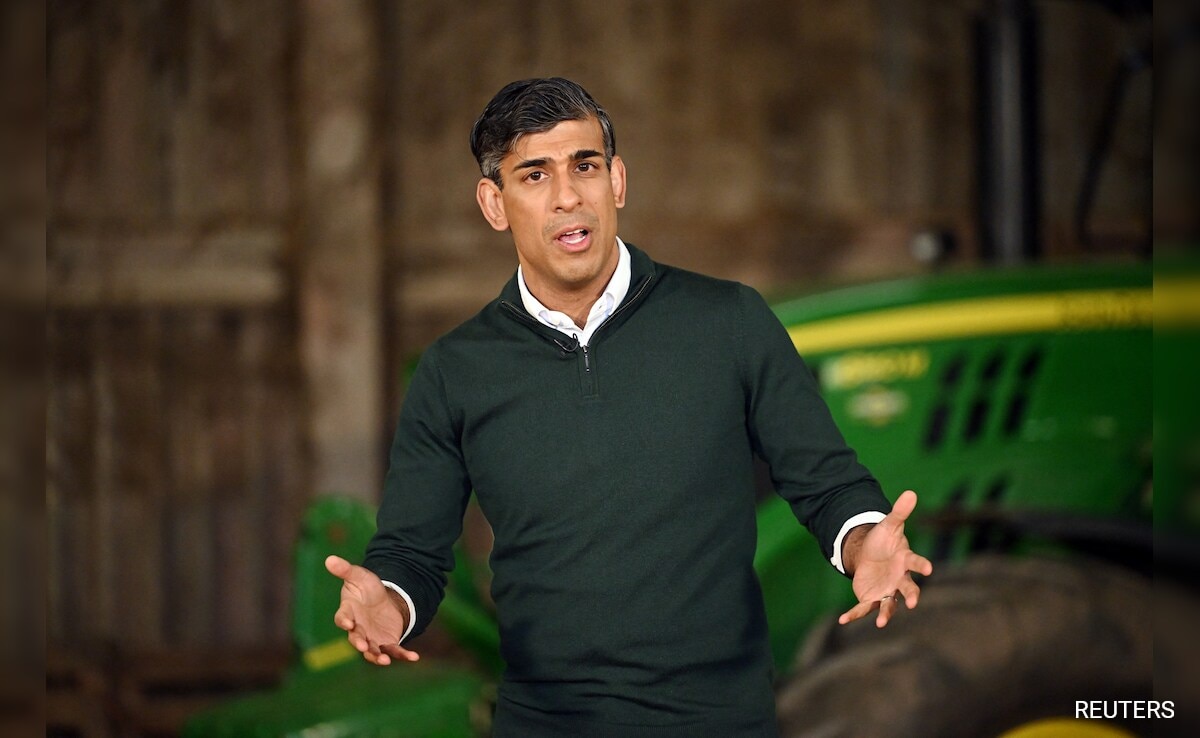Damascus stirred back to life on Monday (December 9, 2024) at the start of a hopeful but uncertain era after militants seized the capital and President Bashar al-Assad fled to Russia, following 13 years of civil war and more than 50 years of his family’s brutal rule.
Heavy traffic returned to the streets and people ventured out after a nighttime curfew, but most shops remained shut militants milled about in the centre.
Arrangements for a transitional government
The main militant commander Ahmed al-Sharaa, better known as Abu Mohammed al-Jolani, met overnight with Mr. Assad’s Prime Minister Mohammed Jalali and Vice-President Faisal Mekdad to discuss arrangements for a transitional government, a source familiar with the discussions said.
Al Jazeera television reported that the transitional authority would be headed by Mohamed Al-Bashir, who ran the administration in a small pocket of rebel-held territory before the 12-day lightning offensive that swept into Damascus.
Syria’s banks would reopen on Tuesday and staff had been asked to return to offices, according to a Syrian central bank source and two commercial bankers. Syria’s currency would continue to be used, they said.
Fighters from the remote countryside milled about in the capital, clustering in the central Umayyad Square before Damascus’s great eight-century mosque.
“We had a purpose and a goal and now we are done with it. We want the state and security forces to be in charge,” said Firdous Omar, who said he had been battling the Assad government since 2011 and was now looking forward to laying down his weapon and returning to his job as a farmer in provincial Idlib.
The advance of a militia alliance spearheaded by Hayat Tahrir al-Sham (HTS), a former al-Qaeda affiliate, was a generational turning point for West Asia.

It ends a war that killed hundreds of thousands of people, caused one of the biggest refugee crises of modern times and left cities bombed to rubble, swathes of countryside depopulated and the economy hollowed out by global sanctions. Millions of refugees could finally go home from camps across Turkey, Lebanon and Jordan.
Assad’s government collapse
Mr. Assad’s fall wipes out one of the main bastions from which Iran and Russia wielded power across the region. Turkiye, long aligned with Mr. Assad’s foes, emerges strengthened, while Israel hailed it as an outcome of its blows to Mr. Assad’s Iran-backed allies.

The Arab world faces the challenge of reintegrating one of West Asia’s central states, while containing the militant Sunni Islam that underpinned the anti-Assad revolt but has also metastasized into the horrific sectarian violence of Islamic State.
HTS is still designated as a terrorist group by the United Nations, but has spent years trying to soften its image to reassure foreign states and minority groups within Syria.
A New History
The group’s leader Jolani, who spent years in U.S. custody as an insurgent in Iraq but broke with al-Qaeda and Islamic State to align his movement with more mainstream anti-Assad groups, has vowed to rebuild Syria.
“A new history, my brothers, is being written in the entire region after this great victory,” he told a huge crowd at the Umayyad Mosque in Damascus on Sunday. With hard work Syria would be “a beacon for the Islamic nation”.
Mr. Assad’s Prime Minister Mr. Jalali told Sky New Arabia he was ready to provide documents and assistance for the transfer of power.
The fate of Syria’s Army would be “left to the brothers who will take over the management of the country’s affairs”, Jalali said. “What concerns us today is the continuation of services for Syrians.”
Political prisoners freed
Mr. Assad’s police state was known for generations as one of the harshest in West Asia, holding hundreds of thousands of political prisoners. On Sunday, elated inmates poured out of jails. Reunited families wept in joy. Newly freed prisoners were filmed running through the Damascus streets holding up their hands to show how many years they had been in prison.
The White Helmets rescue organisation said it had dispatched emergency teams to search for hidden underground cells still believed to hold detainees. One of the final areas to fall to the rebels was the Mediterranean coast, heartland of Mr. Assad’s Alawite sect and site of Russia’s naval base.
Looting took place in the coastal city of Latakia on Sunday but had subsided on Monday, residents said, with few people in the streets and shortages of fuel and bread.
Two Alawite residents said that so far the situation had panned out better than they had expected, seemingly without sectarian retribution against Alawites. One said a friend had been visited at home by rebel fighters who told him to hand over any weapons he had, which he did.
Near Latakia, rebels had yet to enter the Assad family’s ancestral village of Qardaha, site of a huge mausoleum for Assad’s father who took power in the 1960s. A resident said all senior figures tied to Assad and his rule had left.
“Only the poor are left here. The rich guys and thieves are gone,” he said.
The Kremlin said it was too early to know the future of Russia’s military bases in Syria, but it would discuss the issue with the new authorities.
Israel, U.S. launch strikes
Israel said Assad’s fall was a direct consequence of Israel’s punishing assault on Iran’s Lebanese allies Hezbollah, who had propped up Assad for years but were decimated since September by an Israeli air and ground campaign.
Since rebels entered Damascus, Israel has struck sites in Syria. Israeli officials said those air strikes would carry on for days, to keep Assad’s former arsenal out of hostile hands.
The Israeli military would “destroy heavy strategic weapons throughout Syria, including surface-to-air missiles, air defence systems, surface-to-surface missiles, cruise missiles, long-range rockets and coastal missiles,” Defence Minister Israel Katz said.
Israel has also pushed tanks over the border into a demilitarised buffer zone. On Monday the Israeli military published photos of its forces in the Mount Hermon border area.
The United States, which has 900 soldiers on the ground in Syria operating alongside Kurdish-led forces in the east, said its forces hit around 75 targets in air strikes against Islamic State camps and operatives on Sunday.
“There’s a potential that elements in the area, such as ISIS, could try to take advantage of this opportunity and regain capability… Those strikes were focused on those cells,” Secretary of Defense Lloyd Austin said during a visit to Japan.
The U.S.-backed Kurdish forces have clashed with Turkey-backed rebels in the north. A video, verified by Reuters, showed rebels entering the town of Manbij, captured from the Kurdish forces on Monday.
Published – December 09, 2024 11:25 pm IST










